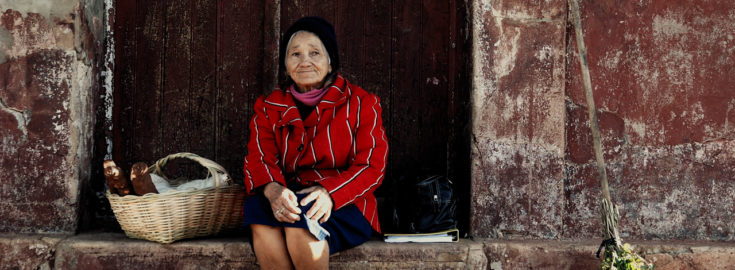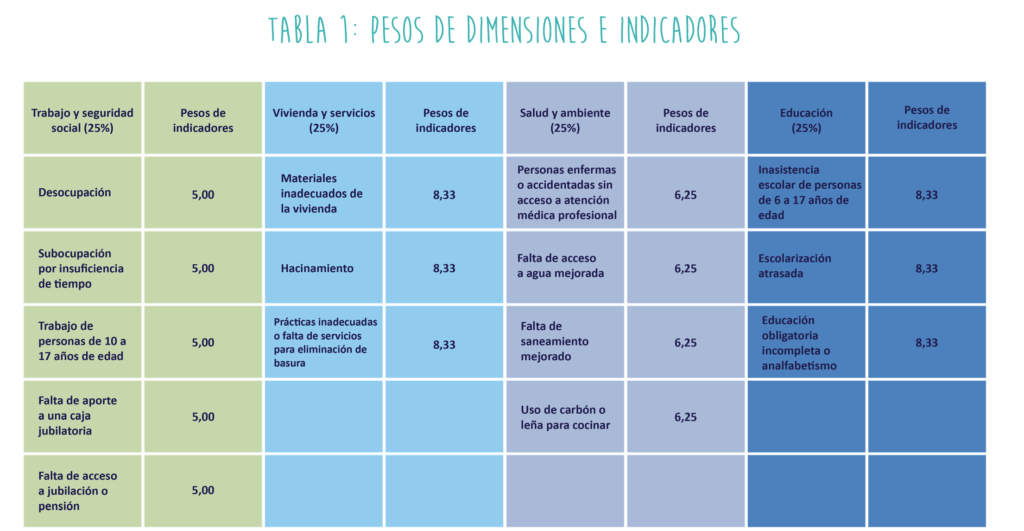
Search
Photo: Jose Bogado
Global MPI 2021 Country Briefing
Joined MPPN: 2015
According to the Paraguayan MPI, launched in June 2020, 24.9% of the population were living in multidimensional poverty.
The Paraguayan MPI is based on the same survey used for measuring monetary poverty, the Permanent Survey of Households, ‘la Encuesta Permanente de Hogares (EPH)’, which is updated regularly. The report of the MPI uses data from the fourth quarter of each year from 2017 to 2020 to scrutinize poverty levels and trends.
The MPI uses 15 weighted indicators grouped under four dimensions ‘Employment and social security’, ‘Housing and public services’, ‘Health and environment’, and ‘Education’. If a household is deprived in 26% of these weighted indicators, they are considered multidimensionally poor.
Paraguay launched an official national Multidimensional Poverty Index (MPI) to help guide its poverty reduction policies. According to the Paraguayan MPI, in 2020, 24.9% of the population were living in multidimensional poverty.
Among the multidimensionally poor population, the intensity of poverty, or average share of deprivations experienced in 2020, was 37.7.%. The report also found that in 2020 the incidence of multidimensional poverty is higher in rural areas (44.6%) than in urban areas (13.3%).
The National Statistics Institute (INE) of Paraguay led the process of designing the national MPI, convening the Technical Interinstitutional Committee on Poverty, an expert committee with the participation of representatives from public, private and NGO organisations, including representatives from BID, CEPAL, the World Bank, UNICEF, UNDP, and OPHI. This expert/technical committee supported and advised the whole process of designing the MPI to fit the Paraguayan context.
Paraguay MPI – Dimensions and Indicators (in Spanish)
More information from INE Paraguay (in Spanish)
Presentation from the launch event, 9 June 2021














